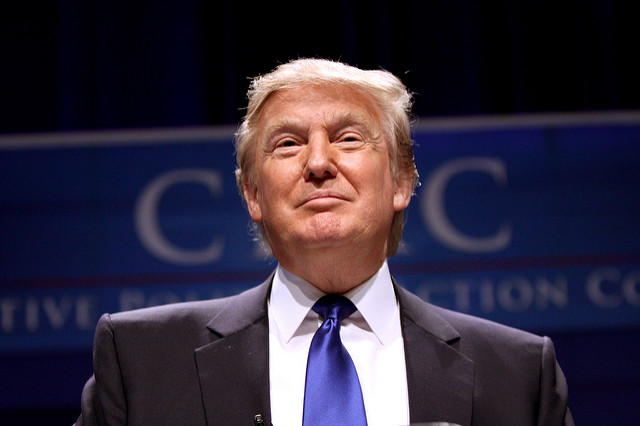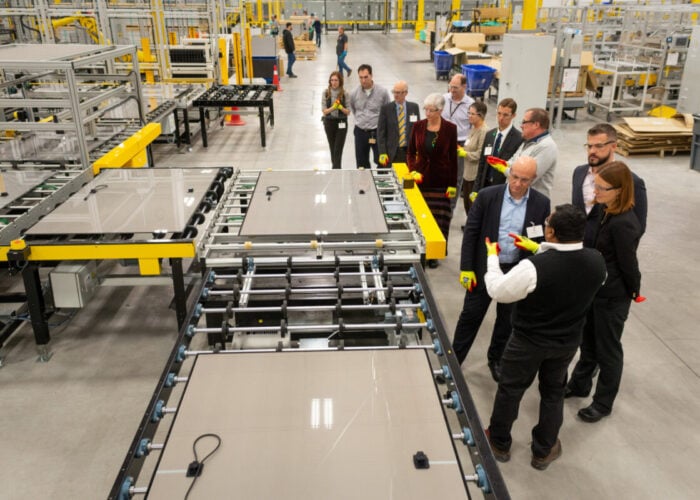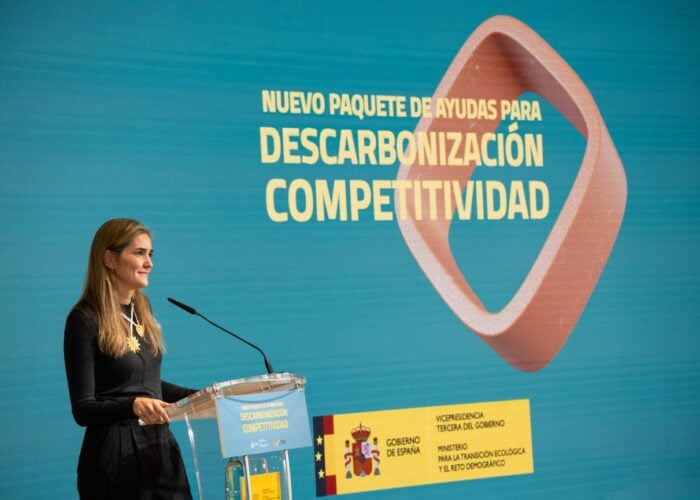
When renewables-novice and coal champion Donald Trump won the US presidential election yesterday, the global energy industry gawked in horror.
Climate change? Doesn’t exist. Coal? The number one resource for energy generation in America. Solar? Expensive and unreliable. And you can completely forget about the Paris Agreement.
Try Premium for just $1
- Full premium access for the first month at only $1
- Converts to an annual rate after 30 days unless cancelled
- Cancel anytime during the trial period
Premium Benefits
- Expert industry analysis and interviews
- Digital access to PV Tech Power journal
- Exclusive event discounts
Or get the full Premium subscription right away
Or continue reading this article for free
Initial review of the Republican billionaire’s energy plans might leave the impression that the progress clean energy sources have achieved so far will be undone. A deeper look into Trump’s energy policy under adviser Kevin Cramer reveals a siege on existing regulation and a roll-back on spending.
America First Energy Plan
We’ve heard it numerous times before, but what does it mean? Simply, it pushes for “energy independence” with a focus on new jobs, clean air and water and unleashing the potential of US$50 trillion in untapped oil, natural gas and coal reserves.
To do this, the plan calls for the elimination of four Obama climate executive actions (including the Clean Power Plan, the Paris Agreement, EPA guidelines on methane emissions and Mercury and Air Toxic Standards) for a more “neutral” approach; the words of Cramer.
“Donald Trump takes a much more balanced approach; roll back regulations that need rolling back, a complete review of all the regulations to determine which ones meet the goals of the regulatory agencies.
“Take a much more balanced approach to energy and environmental policy. For example we know this year we are on pace to set a record of regulatory overreach; to set a record for of them the most regulations ever imposed by the federal government on business regulations to their costs about two trillion dollars a year to our economy. The irony of it is that the regulations that are intended to meet the goal of the Clean Power Plan.”
Fossil fuels vs. renewables
Trump is a fan of all-of-the-above approach to energy, which encompasses everything from coal to natural gas, and even welcomes solar and wind.
Whilst this is not the worst case scenario, Trump is ardent in his plans to resurrect the coal industry, which industry experts have confirmed is practically impossible. Not the biggest fan of renewables, Trump has shunned wind and solar as expensive, with greater interest in oil and natural gas.
“Now, I’m all for alternative forms of energy, including wind, including solar, etc. But we need much more than wind and solar.”
In a tweet from 2012, Trump did label wind farms “disgusting looking” as well as asserting that they are “bad for people's health.”
Many have taken the view that the momentum renewables are experiencing is enough for them to remain out of reach, even from Trump. But perhpas we should be asking whether the trajectory will continue to be high enough to meet global climate goals. Lux Research forecast an eventual increase in emissions under Trump.
The Paris Agreement
In putting America first, Trump intends to retire the country from its purported role of international cleaner-upper.
Trump has been vocal about his plans to “cancel” the country from the agreement, which could have a domino effect on other international commitments.
“The Paris Accord allows China, imagine this, China, who is responsible for 30% of the global emissions this year – allows them to continue growing their emissions for it until 2030, while the US continues to reduce it. In other words, another unilateral disarmament of our economy to solve a global problem.
“Our obligations under the Paris climate Accord don't even begin to solve the challenge of climate change, sorry,” continued Cramer. “We're willing to unilaterally disarm our own economy to accomplish nothing globally and that's a pretty big problem for a country that has 19 and a half trillion dollar debt and the lowest workforce participation rate in many decades.
“Now why is it always on the United States to take care of every global problem? If in fact there is one?
“The acquiescence of America's interests of global interest has been going on way too long. And the Paris Climate Accord is one more bad trade deal.”
Climate change
The concept of global warming was created by and for the Chinese in order to make U.S. manufacturing non-competitive.
— Donald J. Trump (@realDonaldTrump) 6 November 2012
Trump does not believe in Climate change. He even appointed self-declared climate science sceptic Myron Ebell as head of the Environmental Protection Agency. Kevin Cramer is a bit of a denier of anthropogenic climate change himself.
“I think we'd have to be a bit proud to think that somehow that these hot last hot years are the fault man and not some larger regular cycle of climate,” he said.
That, along with designs for America to withdraw from the UN climate process and plans to revive the coal industry, leave a question mark over future US efforts on climate change.
“Millions of Americans voted for a coal-loving climate denier willing to condemn people around the globe to poverty, famine and death from climate change,” said Benjamin Schreiber, the climate and energy director for Friends of the Earth, said in one of the numerous reaction statements issued by climate activists on Wednesday. “It seems undeniable that the United States will become a rogue state on climate change.”
Federal spending
Trump has vowed to put a stop to all federal spending on clean energy research and development and any climate change initiatives.
“We’re going to put America first. That includes cancelling billions in climate change spending for the United Nations, a number Hillary wants to increase, and instead use that money to provide for American infrastructure including clean water, clean air and safety,” he said. “I will also cancel all wasteful climate change spending from Obama-Clinton, including all global warming payments to the United Nations. These steps will save US$100 billion over eight years, and this money will be used to help rebuild the vital infrastructure, including water systems, in America’s inner cities.”
The EPA and Clean Power Plan
That said, the real estate billionaire has wasted no time in going after Obama’s Clean Power Plan, of which the Environmental Protection Agency was a chief architect.
“[E]nergy is under siege by the Obama administration,” said Trump during the first presidential debate. “The EPA is killing these energy companies. And foreign companies are now coming in buying our – buying so many of our different plants and then re-jigging the plant so that they can take care of their oil.”
Given his stance on climate change and emissions, Trump has retracted from eliminating the EPA altogether, instead choosing to realign its core objectives. With Ebell in place, the EPA Transition group will “get back to its core mission of clean water and clean air,” according to Cramer.
With the focus off of global warming and rising CO2 emissions, the Clean Power Plan has already been pronounced dead by some finance experts.
“The Clean Power Plan is the very definition of arbitrary and capricious,” Cramer has said. “They have chosen arbitrary standards that are unbeatable with today's technology, designed to kill an industry that would be the very industry that would invest in the solution that can happen even with CO2 emissions.”
The ITC
Some have voiced an alarmism that recommends installing any solar projects now to take advantage of the 30% tax rebate before Trump scraps it altogether.
This may not be too far off the mark, as some finance experts have reported analysis that this might not be out of reach.
“The Trump Presidency and GOP-controlled Senate & House are meaningful negatives for US solar. Although the Trump team has indicated to our sources that it has no plans to roll back the ITC extension, our checks suggest the ITC could very well be on the chopping block at some point,” equity research firm Roth Capital Partners reported.






